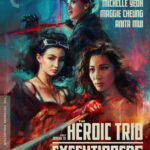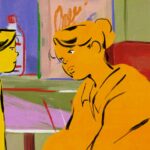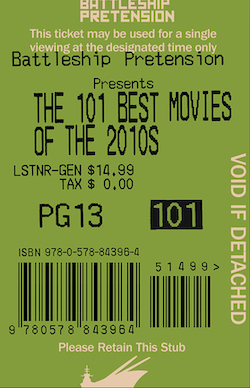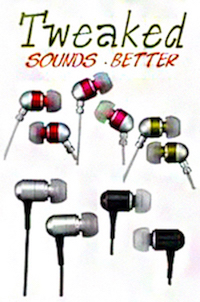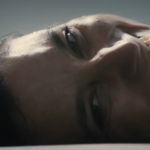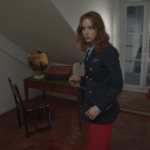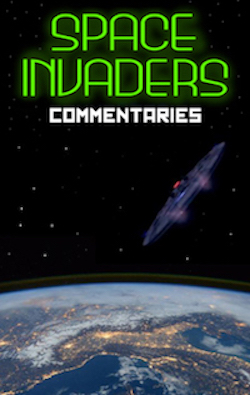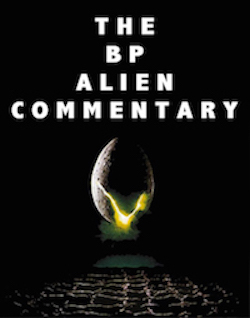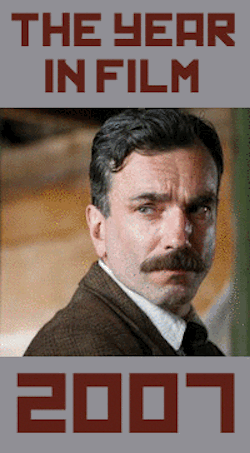Kubo and the Two Strings: Song Sounds Fine but Pick up the Tempo, by Ian Brill
Laika Entertainment’s latest film, Kubo and the Two Strings, the directorial debut of Laika CEO Travis Knight, tells a mythical story from ancient Japan. While there are some beautiful sequences, the storytelling has such a lackluster pace it blunts the overall effect of a film.
The film gives the titular Kubo a clear “hero’s journey.” The seemingly-human boy was saved by his mother after his grandfather, the Moon God, took one of the boy’s eyes. Sporting both an eyepatch and a floppy hair in front of his missing eye, the now 11-year-old Kubo entertains the townsfolk by playing his shamisen (a banjo-like instrument) and using his powers to bring origami to life. He uses these talents to tell the story of a brave samurai who faces many beats in a quest for three magical items. This aspect of the story becomes minor-league meta when Kubo himself lives the story he tells after his estranged, godly family comes after him.
The story proceeds in a way that’s achingly familiar at this point. The classic hero’s journey plot is already ingrained into most audiences’ minds, even young ones, thanks to Star Wars and Harry Potter. Kubo and the Two Strings does nothing novel with such a story. Kubo gains anthropomorphic allies Monkey (Charlize Theron) and Beetle (Matthew McConaughey), and must face down a challenge before gaining each item. This structure gives the film very predictable peaks and valleys. It doesn’t help that Kubo is a young protagonist in the vein of the early Harry Potter, where he spends more time listening to older characters than making direct choices.
Any distinction the film has is in its visuals, which do deliver. Origami becomes a visual motif, thanks to Laika’s mastery of stop-motion animation. The actual origami items have life to them, and all other elements retain a tactile quality as well. The highlight of the film features a battle with a giant red skeleton. Action cinematography and choreography meet the three-dimensional potential in stop-motion animation. It’s a shame the filmmakers don’t use that scene to increase the momentum of the overall film itself.
Theron delivers the strongest performance in the film, playing two different roles. As Kubo’s mother she is quite affecting as a woman fading from life. As the companion Monkey she unleashes a caustic character that is completely different than her other role. Combined with great textures and facial expressions from the filmmakers, the character becomes the soul of the film. But that’s a burden the character bears alone. Art Parkinson as Kubo delivers the earnest performance a young character like Kubo requires in the film, but doesn’t elevate the role in anyway. McConaughey provides comic relief in his role, but does so by coasting on that McConaughey charm. There’s an argument to be had that a story set in ancient Japan that features a predominately white voice cast is problematic and evidence for that argument is that McConaughey’s Texas-accented samurai feels so incongruous to everything else the film sets up in terms of style and execution.
Kubo is worth seeing if you want to see what stop-motion is capable of. It succeeds on a technical level but beyond that it never rises to any great heights.





